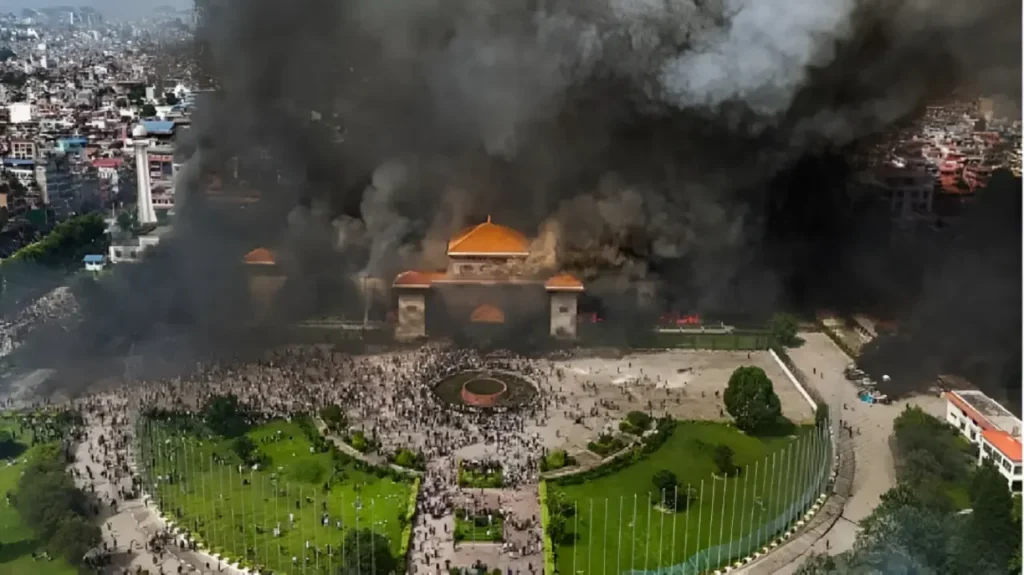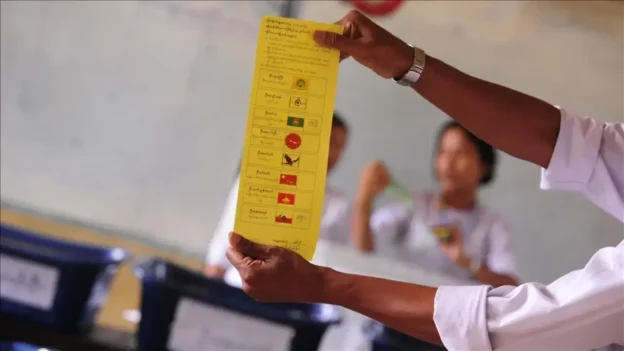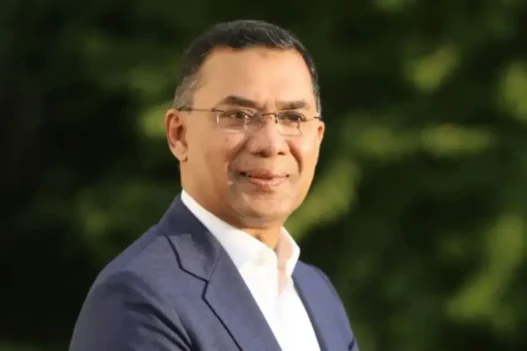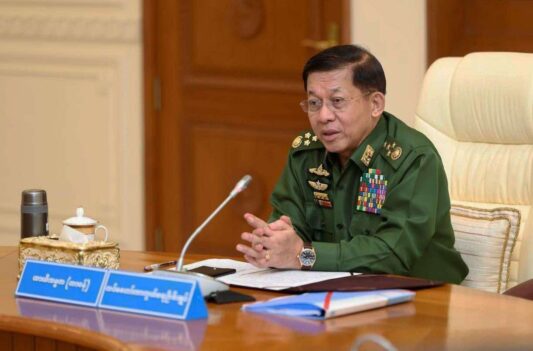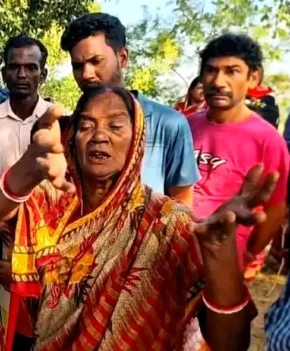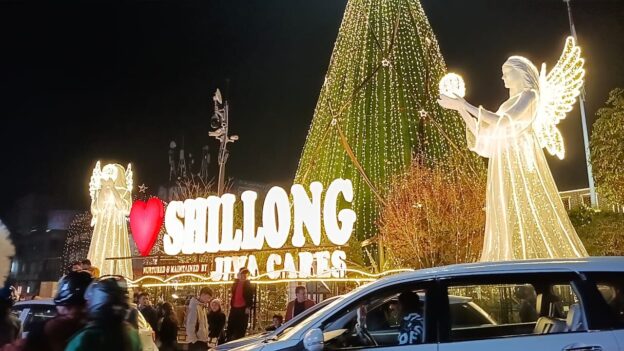Sarita Shrestha never imagined she would come of age in a time when streets would become theatres of upheaval, capable of toppling governments accused of corruption, nepotism, and indifference to the poor and the marginalised. What unfolded in Kathmandu on 8 and 9 September echoed scenes from Colombo in July 2022, Dhaka on 5 August 2024, and Jakarta on 3 September 2005—each an outpouring of pent-up public frustration, especially among the current generation of young people known as Gen Z.
In Kathmandu, there was a deeper current—perhaps unprecedented in scale—waiting to break. When the government moved to ban several social media platforms, it triggered a surge that drew the young onto the streets, and the rest was visible to all. Precious lives were lost to police bullets, and chaos gave way to arson as government buildings, ministers’ quarters, the homes of political leaders, hotels, and even sites of cultural significance were set ablaze.
The anger against the government—and the violence that accompanied it—was an undeniable reality, not unlike what was witnessed in Bangladesh and Sri Lanka. The reasons were stark: successive governments, their allies, and cronies had presided over widening divides, ignoring people’s hardships amid rising unemployment, nepotism, and deprivation. This volatile cocktail of worsening livelihood pressures and the fury of excluded communities fuelled two days of resistance, unleashing unprecedented mayhem. The State appeared crippled; many insisted it had only itself to blame.
As the weakened State tries to limp back to normalcy, the mood on the ground suggests nothing will be the same. The protesters—no longer only Gen Z, as others have since joined—signal that only a figure without party links can be trusted to lead an interim government. Army Chief General Ashok Raj Sigdel and Nepal’s President Ram Chandra Poudel have spent hours behind closed doors with Gen Z representatives and with the frontrunner for prime minister, former Chief Justice of the Supreme Court of Nepal, Sushila Karki.
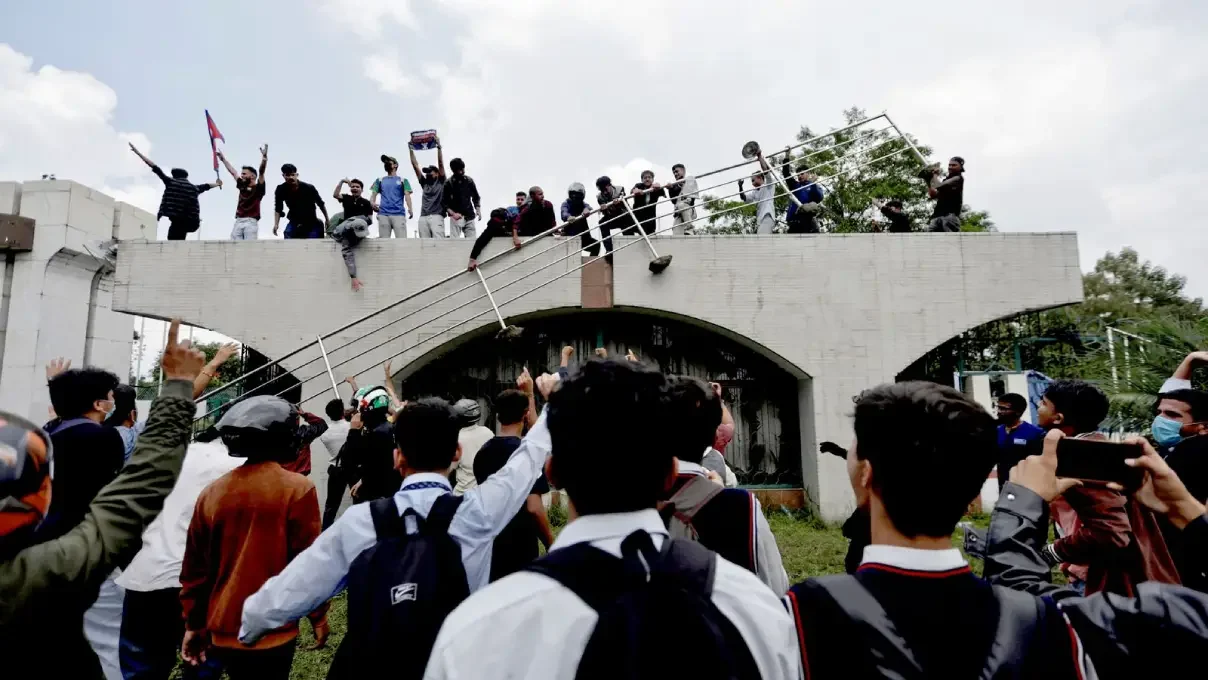
A Bangladesh-style model is being aired—an interim leader chosen from outside the House of Representatives. Yet the situation is more complicated: neither Parliament nor the Constitution has been dissolved. A bloc identifying itself as Hami Nepali, led by Sudan Gurung, is adamant about dissolving both and has warned of returning to the streets if these demands are not met.
Not everyone is persuaded by these maximalist demands from a little-known organisation now claiming to lead the Gen Z protest. One young resident of Kathmandu wondered whether, constitutional questions aside, such calls would achieve “anything tangible”; she argued that even if elected representatives disappoint, the remedy is to vote them out—and that early elections are a legitimate demand.
In the wake of two contrasting days of State-led and protester-led violence, a chorus of views has emerged across society. On September 11, the Brihat Nagarik Andolan urged citizens to defend the 2015 Constitution, describing it as the very foundation upon which the Gen Z movement had achieved its momentum.
Gen Z may not see it that way. Some of its self-declared leaders—among them Sudan Gurung—have continued into late today to press for scrapping the Constitution and starting afresh. Many describe this aspiration as a “new” or naya Nepal that would replace the old guard.
This is, of course, how protests often evolve. As Binayak Sundas of the Centre for Himalayan Studies at the North Bengal University has observed, such revolutions rarely end where they begin. He warns of the romantic surge that powers such uprisings—a pattern glimpsed in Bangladesh, where, with startling speed, an entire generational order was swept aside, only for the country to confront the far harder task of moving forward as calls for elections grew louder.
It is unsurprising, then, that after two frenetic days, more cautious voices are asking for clarity about the credentials of figures suddenly thrust into prominence from a movement that began without leaders. One resident questioned the wisdom of placing the nation’s tomorrow in the hands of individuals whose backgrounds remain unfamiliar, while another worried aloud about an atmosphere of political purging that felt uncomfortably “authoritarian.”
Others emphasise they bear no malice toward emergent youth figures such as Sudan Gurung. They accept that personal integrity may be present, but argue that this alone does not confer the right to decide the fate of 30 million Nepalis.
In 2011, I was in Kuala Lumpur, sitting on a panel alongside Malaysia’s renowned legal activist Ambiga Sreenevasan, debating how the romance of street politics often falls short of the transformations it imagines. At the time, the Bersih 2.0 movement was at its peak, and I followed it closely as part of my work on democracy-building in Malaysia, not least because many of my friends were deeply involved.
Bersih electrified Malaysia’s political atmosphere and left an undeniable imprint, yet its core demand of thorough electoral reform remained elusive. The defeat of Barisan Nasional in 2018 briefly raised hopes of systemic change, but those hopes quickly faded with the collapse of the Pakatan Harapan government in 2020. Even today, Bersih continues its campaign, a reminder that while street movements can unsettle entrenched powers, converting that momentum into enduring democratic reform is far harder.
Sri Lanka’s trajectory offers a similar lesson. The dramatic ousting of a president in 2022 was hailed as a watershed, yet before long the same familiar faces reappeared—perhaps with altered scripts, but recognisable roles nonetheless. Much like Bersih, and now Nepal’s Gen Z uprising, it underscores that while protests can open political space and challenge authority, they do not automatically determine what comes after.
This raises a difficult question in Nepal: is the best course to dismantle the Constitution and inaugurate a brand-new order, as some protesters demand? Or, as experience in Sri Lanka and Bangladesh suggests, must alternatives be located within the constitutional framework, which remains the supreme law of the land?
The Constitution of Nepal stipulates that only a member of the House of Representatives can serve as prime minister. However, in times of crisis, the President can appoint an interim leader from outside—someone, for instance, recommended by the Gen Z movement—to restore order and bring stability. This echoes Bangladesh, where Muhammad Yunus was appointed caretaker head. Such an arrangement could bring Gen Z representatives into an interim fold, enabling them to press for cleaner, corruption-free governance and to lay the groundwork for fresh elections within six months—an approach that, as constitutional law expert Bipin Adhikari noted on Instagram, would fall within the “constitutional process.”
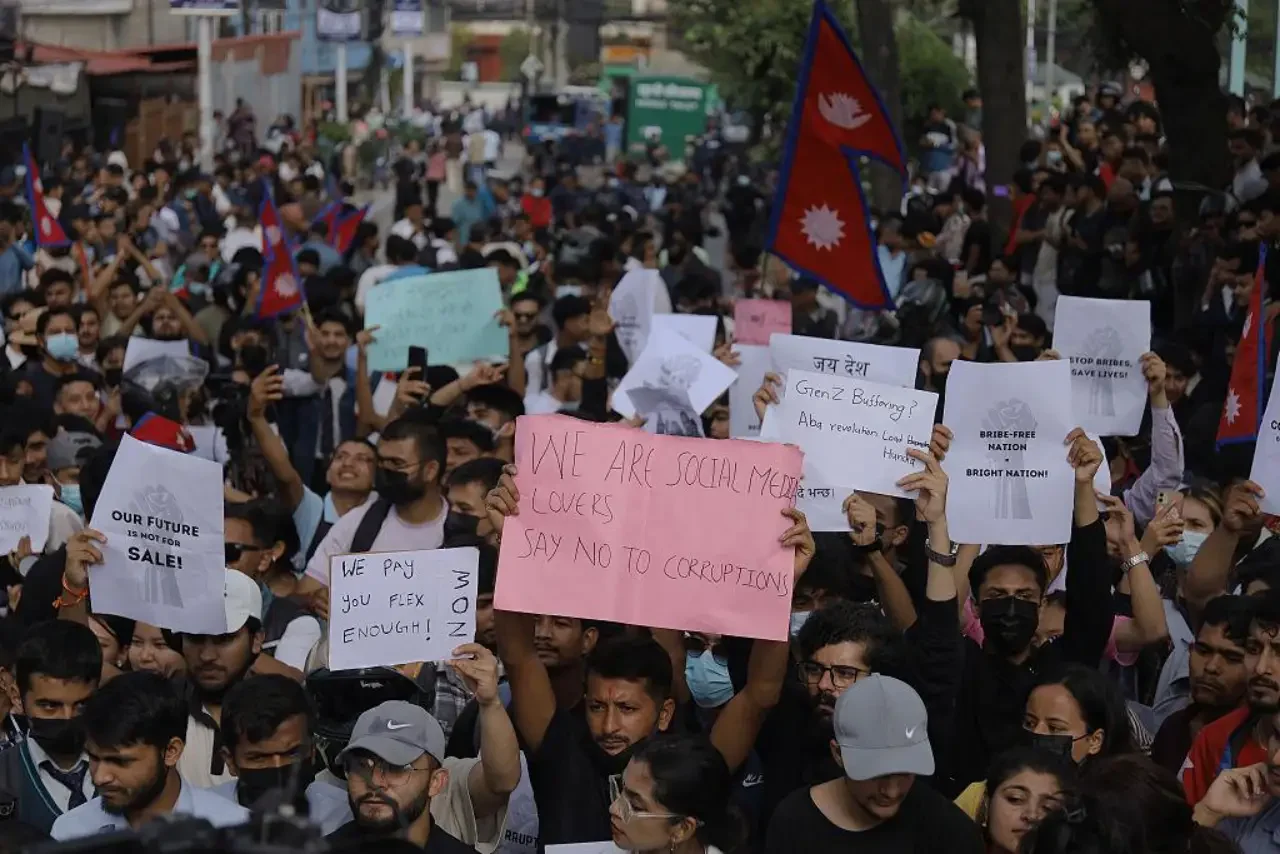
Whether the preferred interim candidate—former Chief Justice Sushila Karki—can steer Nepal out of crisis remains unresolved. Her name has been contested, and the disagreement has spilled into public spats among protesters outside Army Headquarters.
Karki commands respect among a segment of Gen Z, notwithstanding that she is in her seventies—an awkward fit, some say, with the template of youth-driven change. Yet she has stood alongside young protesters, speaking forcefully against corruption and condemning the brutal force used on the opening day of demonstrations, which has left about 51 youths dead and thousands injured.
Still, the path ahead is long and steep. Standing up to nepotism—the images of “Nepo kids” and “Nepo babies” flaunting lavish lifestyles at home and abroad, while the poor struggle and migrate—was a powerful theme in Gen Z’s digital mobilisation, but outrage alone cannot govern. There must be a plan and a persuasive case for why 30 million Nepalis should place their faith in a new system envisioned by Gen Z and in the leader chosen to pilot it.
The story unfolding on Nepal’s streets brings to mind lines from the prologue of Prashant Jha’s Battles of the New Republic, a reminder that managing political change is often harder than igniting it. Though Jha refers to the political transition around 2005 and the 2006 janandolan, the dilemmas remain much the same. As he so eloquently puts it, “who ought to exercise power, to what end, and for whose benefit.”

